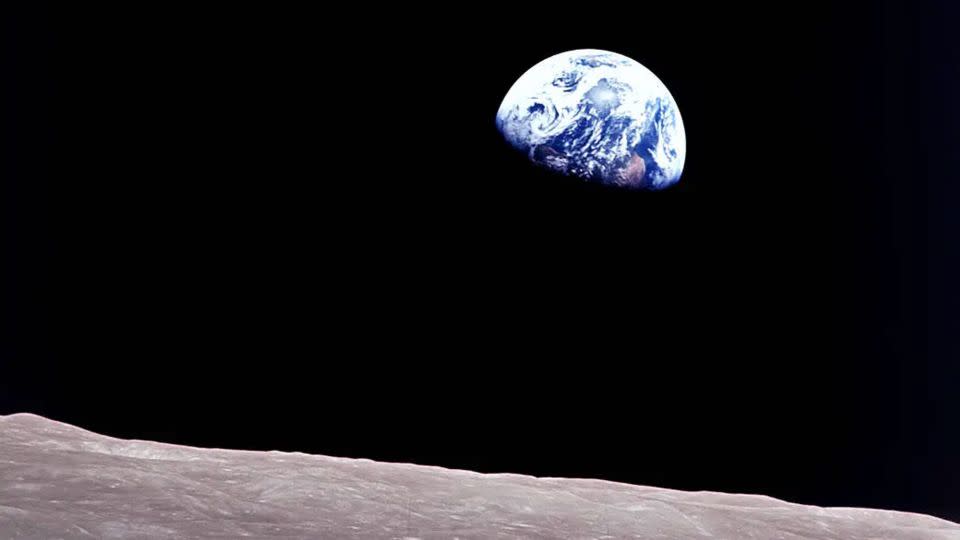William Anders, a NASA astronaut who was part of the Apollo 8 crew in 1968, who were the first three people to orbit the moon, died in a plane crash in Washington state, according to his son, Gregory Anders. He was 90 years old.
My “father passed away in an aircraft incident in the San Juan Islands,” Anders told CNN on Friday night.
The San Juan County Sheriff’s Office said in a Press release an aircraft crashed off the coast of Jones Island.
The sheriff’s office said its dispatch center received an initial report around 11:40 a.m. PT that said an “older model airplane was flying north to south, then crashed into the water near the north end of the Island. Jones and sank.”
San Juan County Sheriff Eric Peter said in an email to CNN that the only update he had was that “the dive team has arrived on scene and is currently conducting their search.”
“The family is devastated and mourning the loss of a great driver,” said Anders’ son.
The San Juan Islands are located about 90 miles north of Seattle.
William Anders, born October 17, 1933, in Hong Kong, graduated from the United States Naval Academy in 1955 and after being commissioned into the U.S. Air Force, he earned his pilot wings the following year, according to the U.S. Naval Academy website.
Anders served as a fighter pilot in Air Defense Command all-weather interceptor squadrons in California and Iceland, according to NASA and the U.S. Naval Academy.
While at the Air Force Weapons Laboratory in New Mexico, Anders was responsible for managing programs to protect nuclear power reactors and from radiation effects, his NASA biography states.

He was selected in 1964 as an astronaut by NASA and served as a backup pilot for the Gemini 11 mission in 1966 and the Apollo 11 flight in 1969. Anders logged more than 6,000 flight hours, according to NASA.
Anders and fellow astronauts Jim Lovell and mission commander Frank Bormanwho died in November 2023, flew aboard the first lunar orbit mission in December 1968 on Apollo 8. Anders served as the lunar module pilot for the historic flight.
From the spacecraft, Anders captured an iconic image of Earth showing the surface of the moon in the foreground during the Apollo 8 flight on Christmas Eve 1968, titled “Birth of the Earth.”
“We came here to explore the Moon, and the most important thing is that we discovered the Earth,” Anders famously said it.
The photo, described as “legendary” by NASA in a video tribute to Anders on Friday, was taken while the crew was taking images of the lunar surface for geological analysis, Anders said in a previous interview with NASA.
“All of a sudden I looked out the window and here was a beautiful orb appearing,” Anders described of Earth.
“For me, it made me realize that the Earth was small, delicate and not the center of the universe,” Anders said.
Anders, Lovell and Borman were recognized by Time magazine as “Men of the Year” in 1968.
Anders served as executive secretary of the National Aeronautics and Space Council from 1969 to 1973, according to NASA. President Gerald Ford named him the first chairman of the Nuclear Regulatory Commission, responsible for nuclear safety and environmental compatibility.
NASA Administrator Bill Nelson said in a post on X, old Twitter, on Friday: “Bill Anders offered humanity one of the most profound gifts an astronaut can give. He traveled to the edge of the Moon and helped us all see something else: ourselves.”
Nelson continued: “He embodied the lessons and purpose of exploration. We will miss him.”
Anders and his wife, Valerie, had two daughters and four sons.
This story has been updated with additional information.
CNN’s Ashley Strickland contributed to this report.
For more news and newsletters from CNN, create an account at CNN.com




































